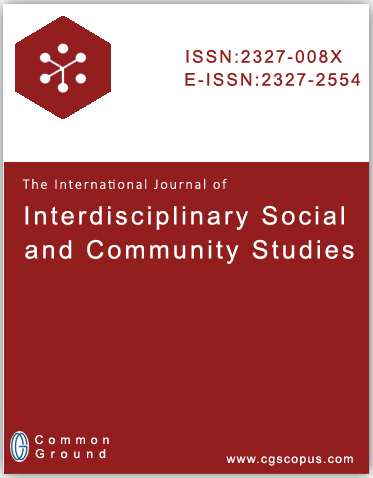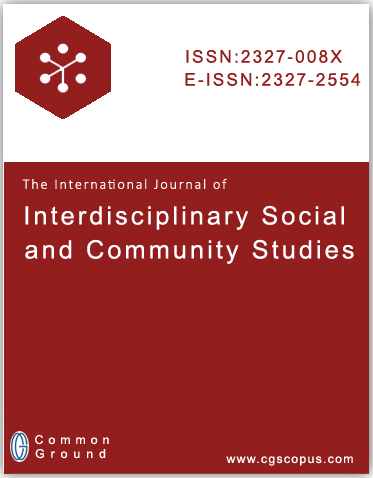THE GHOST OF SEDITION IN A DIGITAL REPUBLIC: ANALYZING ITS RELEVANCE IN THE AGE OF SOCIAL MEDIA AND ALGORITHMIC DISSENT
DOI:
https://doi.org/10.18848/qrk3yv02Abstract
In an era where political discourse is increasingly shaped by social media and algorithmic curation, the age-old charge of sedition has found unsettling new relevance. “The Ghost of Sedition in a Digital Republic” interrogates the evolving dynamics of state power, dissent, and digital expression. In the rapidly evolving digital landscape of the 21st century, the boundaries between dissent, free speech, and subversion have become increasingly blurred. India’s repeal of the colonial-era sedition law, Section 124A of the Indian Penal Code (IPC), 1860, through the enactment of the Bharatiya Nyaya Sanhita (BNS), 2023, and its replacement by Section 152, “acts endangering sovereignty, unity and integrity of India”, signals both continuity and change. While the term “sedition” has been formally discarded, this paper argues that its spirit persists through the broader and technologically attuned language of the new statute. This examines the legal and political transformation of sedition in India in the context of social media, algorithmic content moderation, and state surveillance. It explores how Section 152 of BNS interacts with online dissent, especially where automated systems and opaque algorithms influence what is visible, amplified, or suppressed. By analyzing recent case studies, legal trends, and judicial responses, the article demonstrates that the structural vulnerability to suppress dissent remains intact, albeit reconfigured for the digital age. It contends that a constitutional democracy must move beyond the sedition mindset to embrace dissent as a cornerstone of both offline and online citizenship. Hence, this research argues that unless accompanied by genuine reform, the so-called decolonization of law risks becoming a semantic sleight of hand.










